This post may contain affiliate links. To learn more check my disclosure page.
Soft, fresh-from-the-oven gluten-free pita bread might be my favorite snack of all time! It’s perfect for dipping in mezze, stuffing with chicken salad, and baking into gluten-free pita chips! I love that I can have fresh pitas on the table in less than 90 minutes!
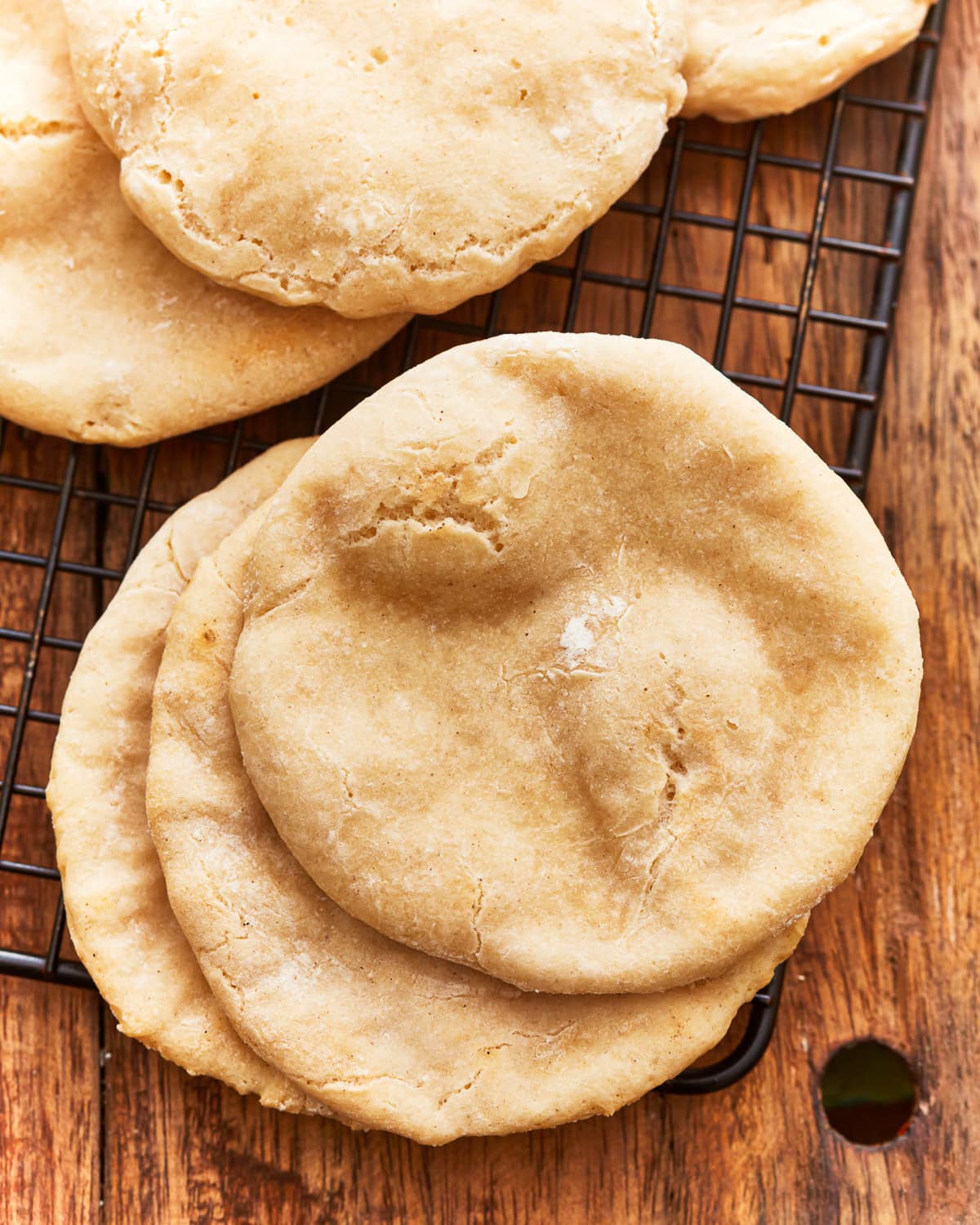
Gluten-Free Pita Bread Recipe
I love how simple it is to make flavorful homemade pita bread at home with this easy gluten-free pita bread recipe. This pita bread is naturally dairy-free, egg-free, and vegan, too, so it’s a snack everyone can enjoy!
Ingredients
- Gluten-Free All-Purpose Flour with Xanthan Gum recommended for yeast baking: Not all gluten-free flour blends are recommended for yeast baking. You may experience different baking results depending on the gluten-free flour blend you choose. I recommend Pillsbury or Better Batter.
- Tapioca Starch: Helps bind the pita dough together and retains moisture.
- Salt: Enhances the flavor of the pitas.
- Granulated Sugar: Feeds the yeast so the pitas will rise.
- Instant Yeast: Helps the pitas rise.
- Water: Water should feel warm to the touch, around 100°F to 110°F, which helps activate the yeast without killing it.
- Olive Oil: Adds moisture to the dough to keep it soft and pliable.
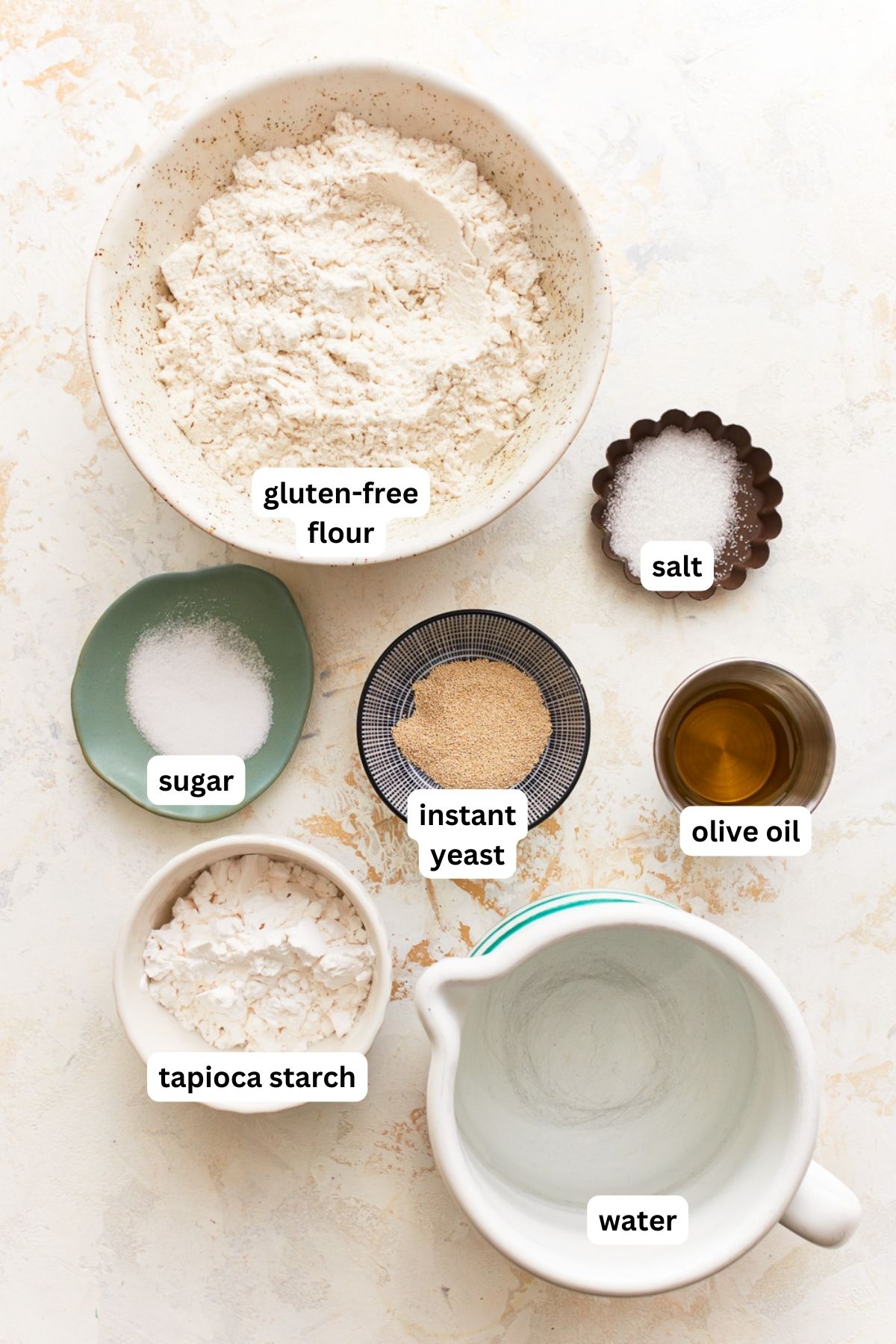
Step by Step Instructions
- In a large mixing bowl, whisk together the gluten-free all-purpose flour, tapioca starch, salt, sugar, and instant yeast. (step 1)
- Pour the warm water and olive oil into the dry ingredients. Mix until a soft, sticky dough forms, about 2-3 minutes. (step 2)
- Place the dough in a lightly greased bowl, cover it with a clean kitchen towel or plastic wrap, and let it rise in a warm, draft-free place for about 1 hour, or until doubled in size.
- Preheat your oven to 475°F. If you have a baking stone, place it in the oven to preheat as well.
- Deflate the risen dough and divide it into 6 equal portions. Flatten each dough portion with your fingers into a disc about 1/4 inch thick. (step 3)
- Place the flattened dough rounds onto a parchment-lined baking sheet or preheated baking stone. Bake for 7-8 minutes, or until the pitas are puffed up and lightly golden brown.
- Remove the pitas from the oven and let them cool slightly on a wire rack. Serve warm or at room temperature. (step 4)
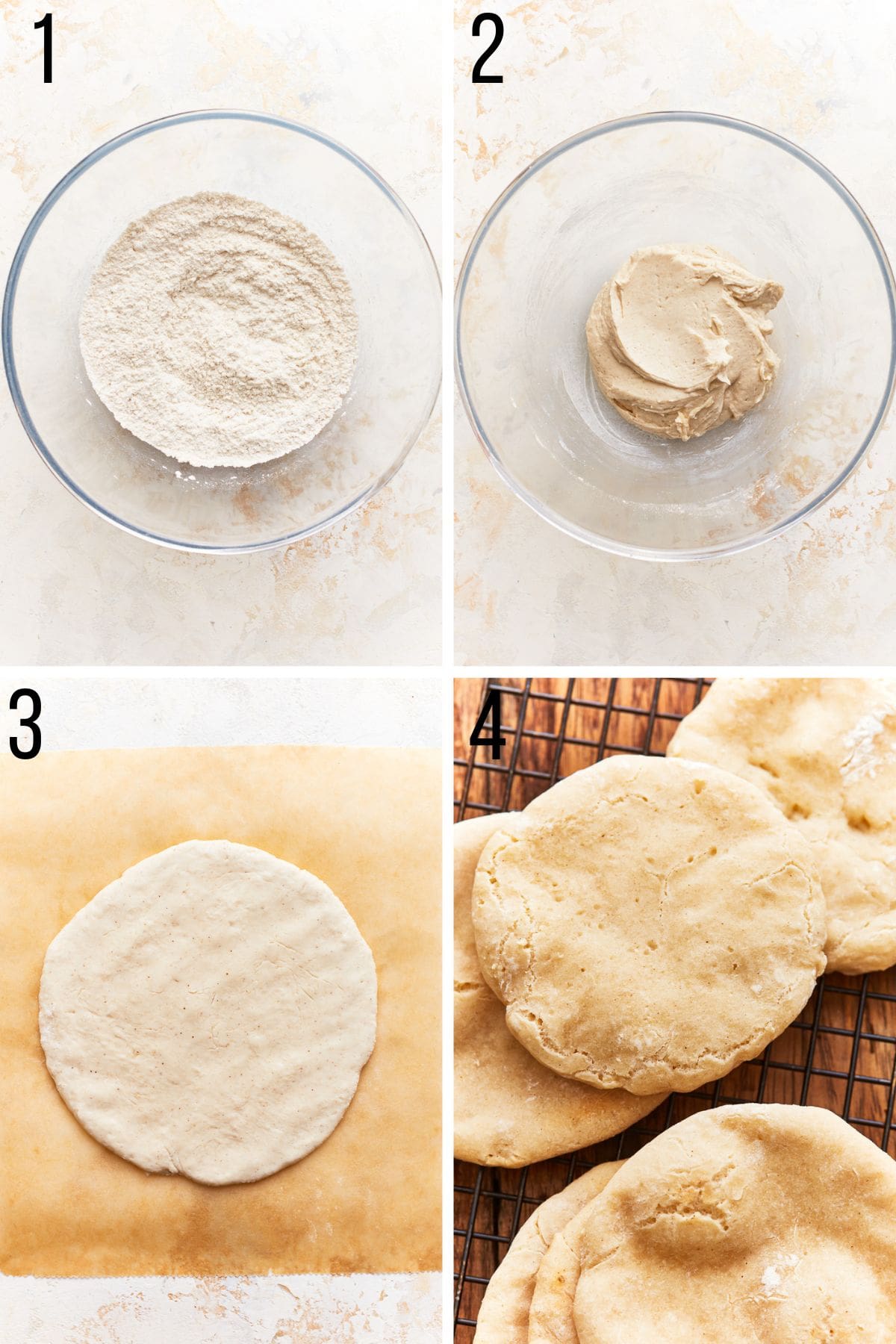
Tips and Suggestions
- Use room temperature ingredients for the best results. Cold ingredients have a tendency to clump up and won’t incorporate evenly. Plus, the yeast needs a warm environment to properly activate.
- Measure the flour using the spoon-and-level method. Scooping flour directly from the bag compacts it in the measuring cup, which can add too much flour to the dough and cause the buns to turn out dry and dense.
- Don’t overwork the dough, or the pitas will turn out dense!
- Adjust the rise time according to the temperature of your kitchen. If it’s warm, you’ll need a shorter rise. If it’s cold, you’ll need a longer rise. We’re looking for the dough to double in size.
Can I Substitute The Tapioca Starch With Another Starch?
Yes, you can substitute tapioca starch with arrowroot starch or potato starch in equal amounts.
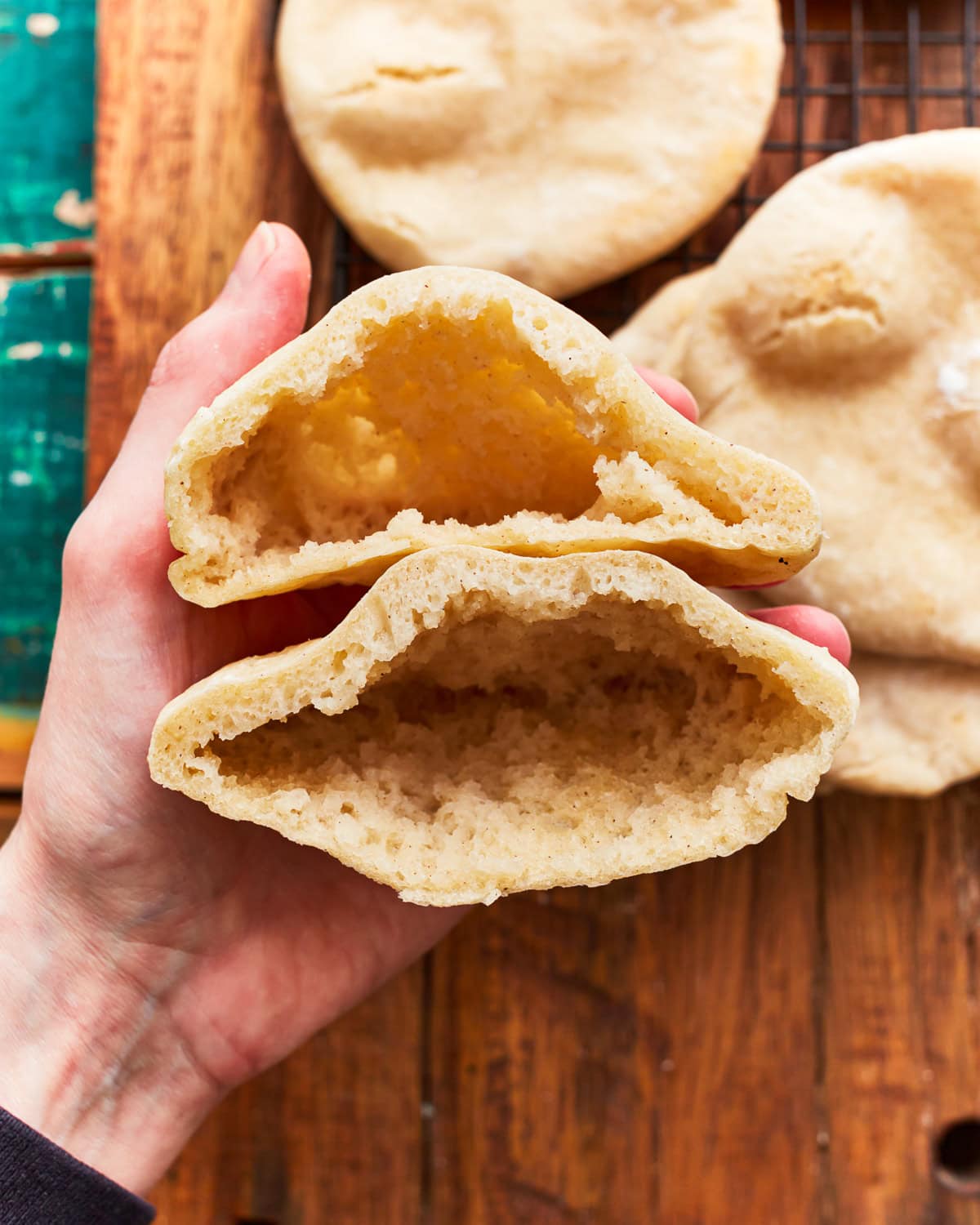
How Can I Tell If The Dough Has Risen Enough?
Gluten-free dough may not rise like traditional gluten dough. Instead, look for signs of expansion and a slight increase in volume. The dough should appear puffy and airy. You can also gently touch the dough to see if it feels lighter and has a softer texture.
What Is The Best Way To Reheat Gluten-Free Pita Bread?
Reheating gluten-free pita bread in the oven is a great option to restore its warmth and freshness. Preheat your oven to 350°F, wrap the pita breads in aluminum foil or place them on a baking sheet, and heat for 5-7 minutes, or until warmed through. This method helps maintain the pita bread’s texture and prevents it from drying out.
Storage Instructions
Storage: Homemade pita bread is best enjoyed fresh on the day it’s made. However, it can be stored in an airtight container at room temperature for up to 2-3 days. Reheat before serving to freshen it up.
Freezing: You can freeze these pitas for up to 3 months. Allow them to cool completely, then place them in a freezer-safe bag or container. Thaw at room temperature and reheat before serving.
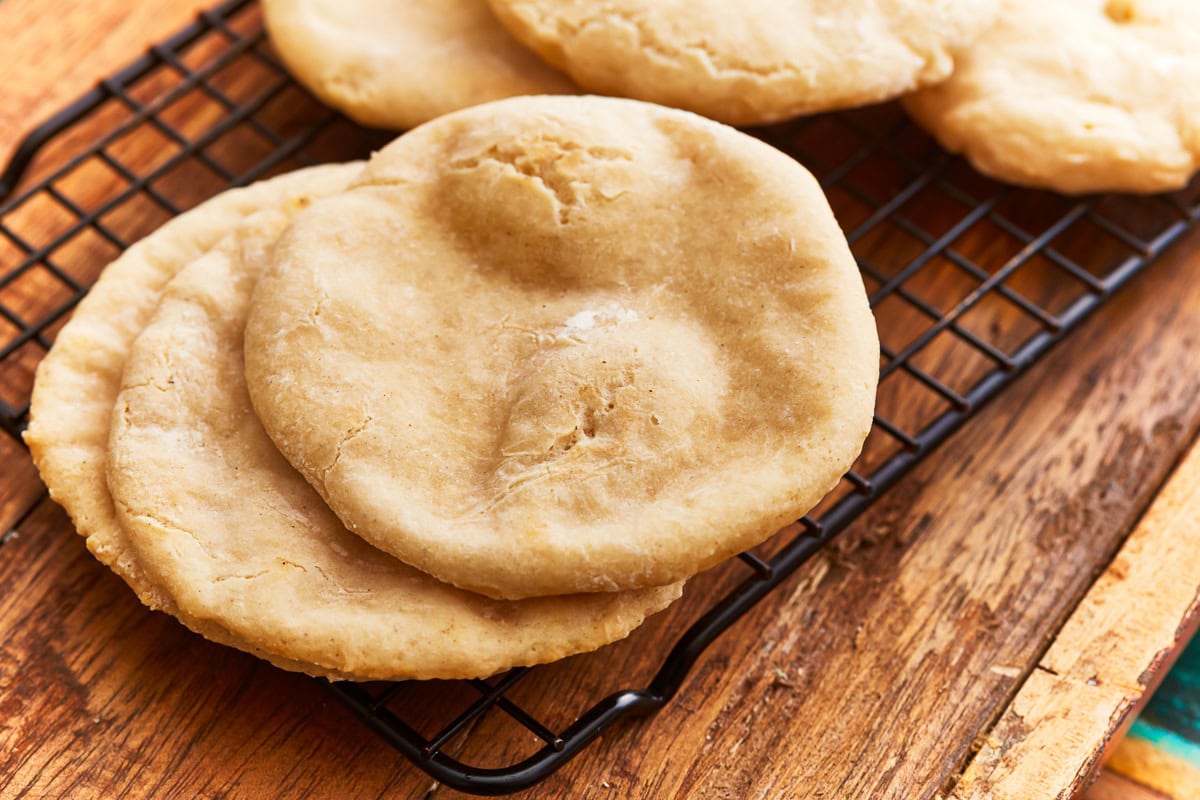
More Gluten-Free Bread Recipes to Try!
- Gluten-Free Bread
- Gluten-Free Bread Machine Bread
- Gluten-Free Sourdough Bread
- Gluten-Free Naan Bread
- Gluten-Free Dinner Rolls
- Gluten-Free Focaccia
Gluten-Free Pita Bread
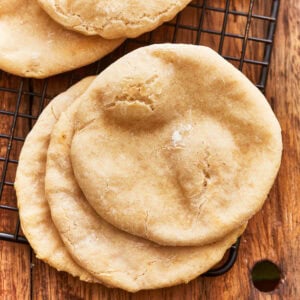
Ingredients
- 1 1/2 cups gluten-free all-purpose flour with xanthan gum recommended for yeast baking (we recommend Pillsbury or Better Batter Brand)
- 1/4 cup tapioca starch
- 1/2 teaspoon salt
- 1 teaspoon granulated sugar
- 2 teaspoons instant yeast
- 1 cup warm water, about 110°F
- 1 tablespoon olive oil
Instructions
- In a large mixing bowl, whisk together the gluten-free all-purpose flour, tapioca starch, salt, sugar, and instant yeast.
- Pour the warm water and olive oil into the dry ingredients. Mix until a soft, sticky dough forms, about 2-3 minutes.
- Place the dough in a lightly greased bowl, cover it with a clean kitchen towel or plastic wrap, and let it rise in a warm, draft-free place for about 1 hour, or until doubled in size.
- Preheat your oven to 475°F. If you have a baking stone, place it in the oven to preheat as well.
- Deflate the risen dough and divide it into 6 equal portions. Flatten each dough portion with your fingers into a disc about 1/4 inch thick.
- Place the flattened dough rounds onto a parchment-lined baking sheet or preheated baking stone. Bake for 7-8 minutes, or until the pitas are puffed up and lightly golden brown.
- Remove the pitas from the oven and let them cool slightly on a wire rack. Serve warm or at room temperature.
Notes
- Use room temperature ingredients for the best results. Cold ingredients have a tendency to clump up and won’t incorporate evenly. Plus, the yeast needs a warm environment to properly activate.
- Measure the flour using the spoon-and-level method. Scooping flour directly from the bag compacts it in the measuring cup, which can add too much flour to the dough and cause the buns to turn out dry and dense.
- Don’t overwork the dough, or the pitas will turn out dense!
- Adjust the rise time according to the temperature of your kitchen. If it’s warm, you’ll need a shorter rise. If it’s cold, you’ll need a longer rise. We’re looking for the dough to double in size.
- To store: Gluten-free pita bread is best enjoyed fresh on the day they’re made. However, it can be stored in an airtight container at room temperature for up to 2-3 days. Reheat before serving to freshen it up.
- To freeze: You can freeze the bread for up to 3 months. Allow it to cool completely, then place it in a freezer-safe bag or container. Thaw at room temperature and reheat before serving.
Nutrition
Nutrition information is automatically calculated, so should only be used as an approximation.


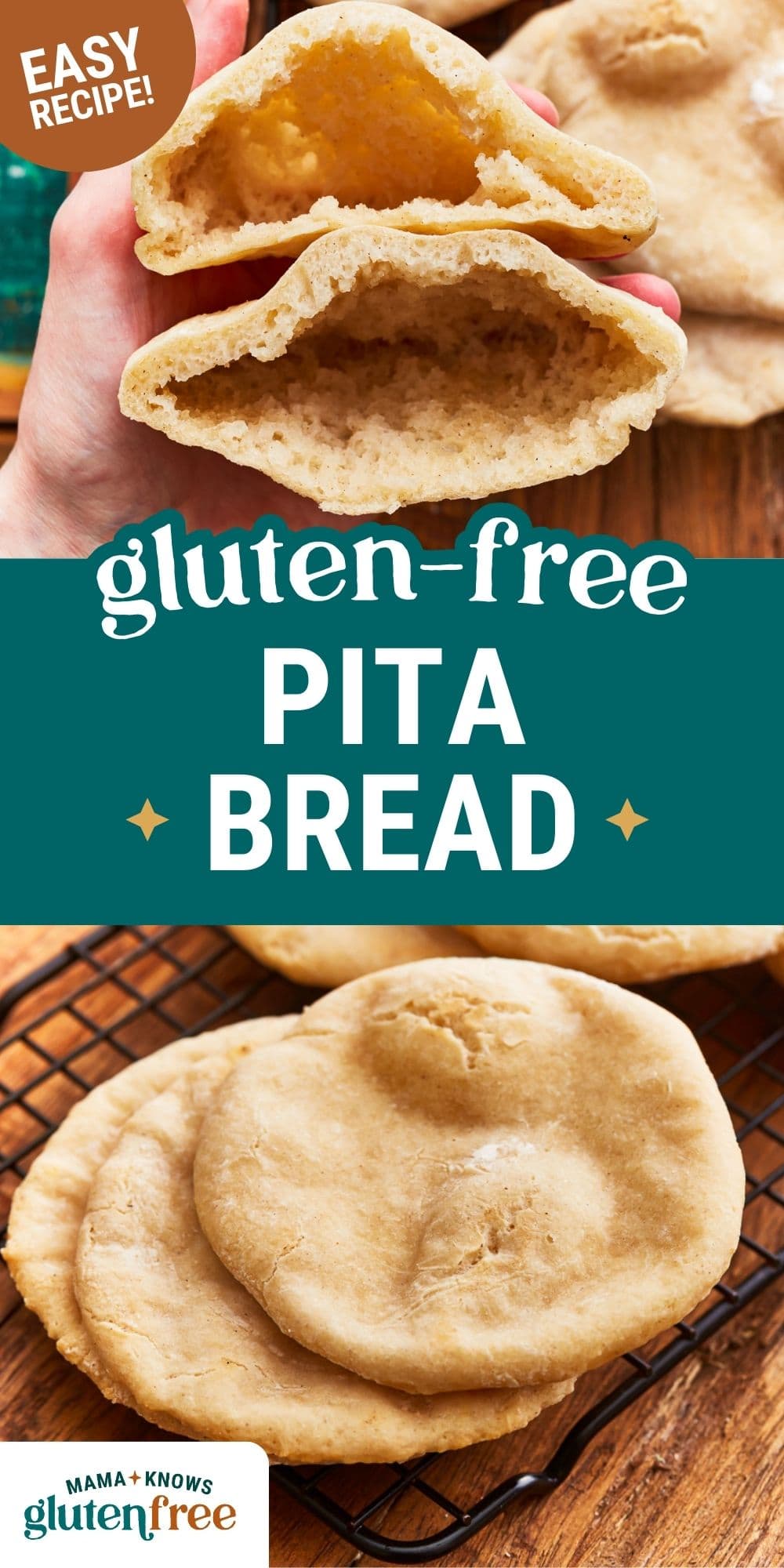
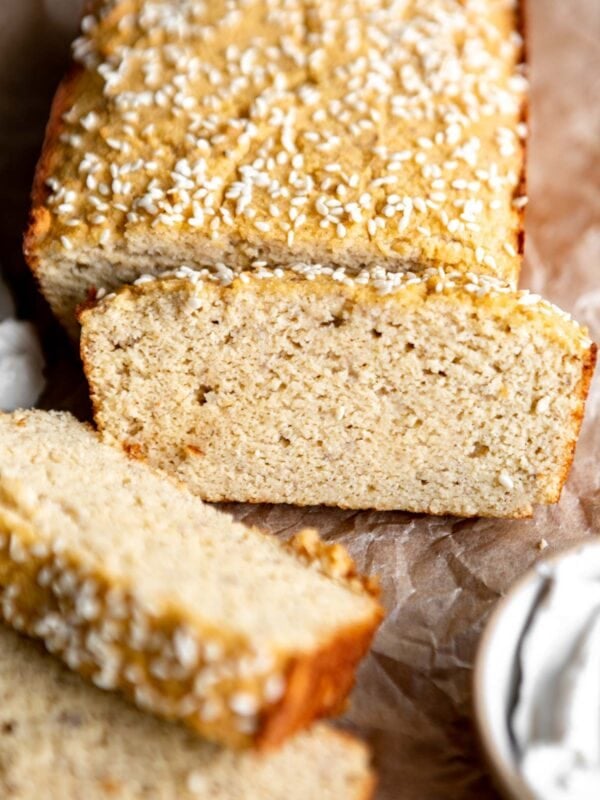
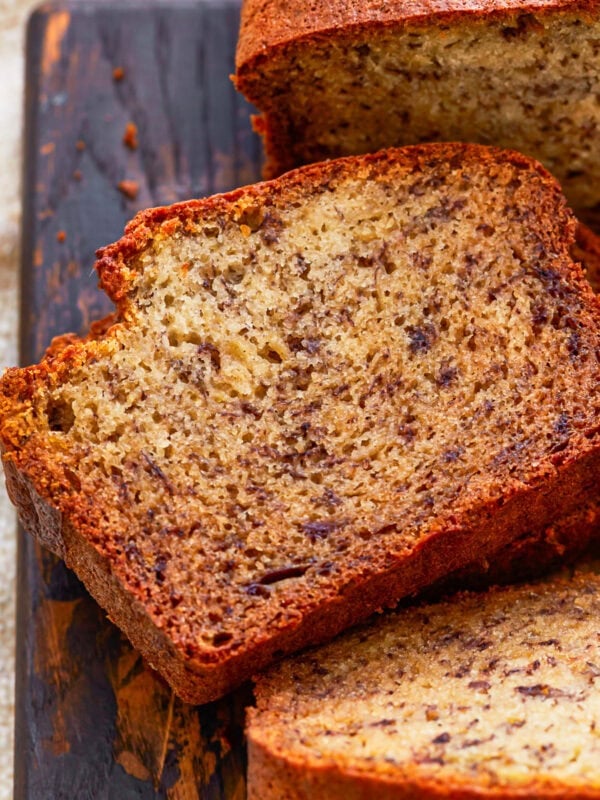
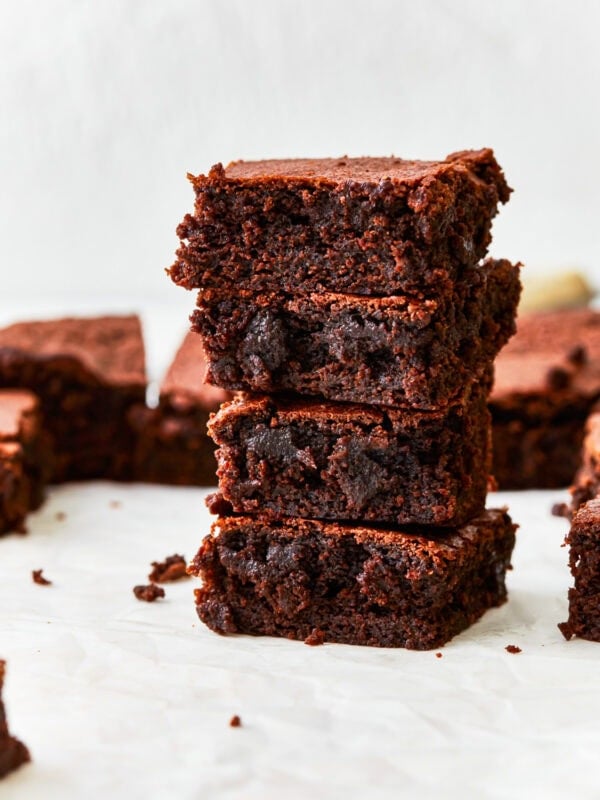
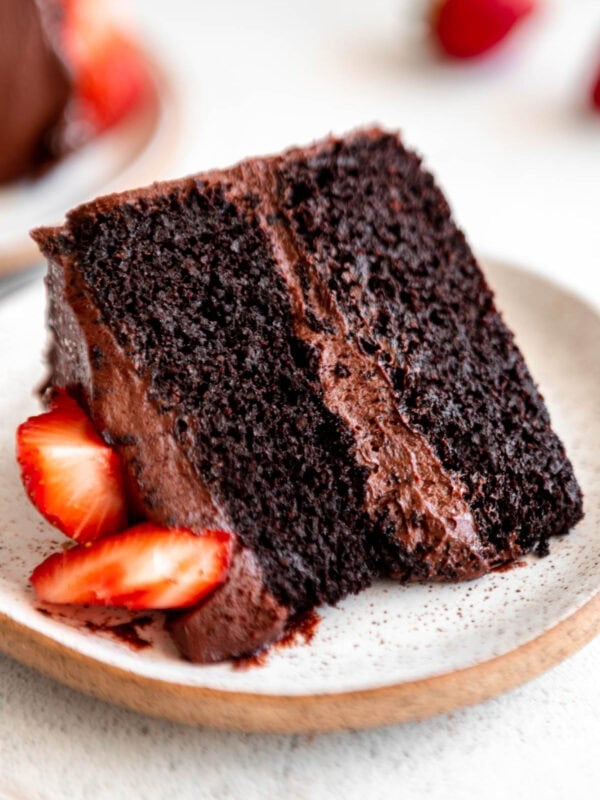






Probably not the fault.of the recipe. My potassium came out lumpy and not at all pita like. I think the problem might be that my flour already had tapioca stack in it. Next time I will not add any extra and see how that goes.